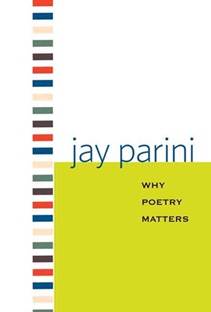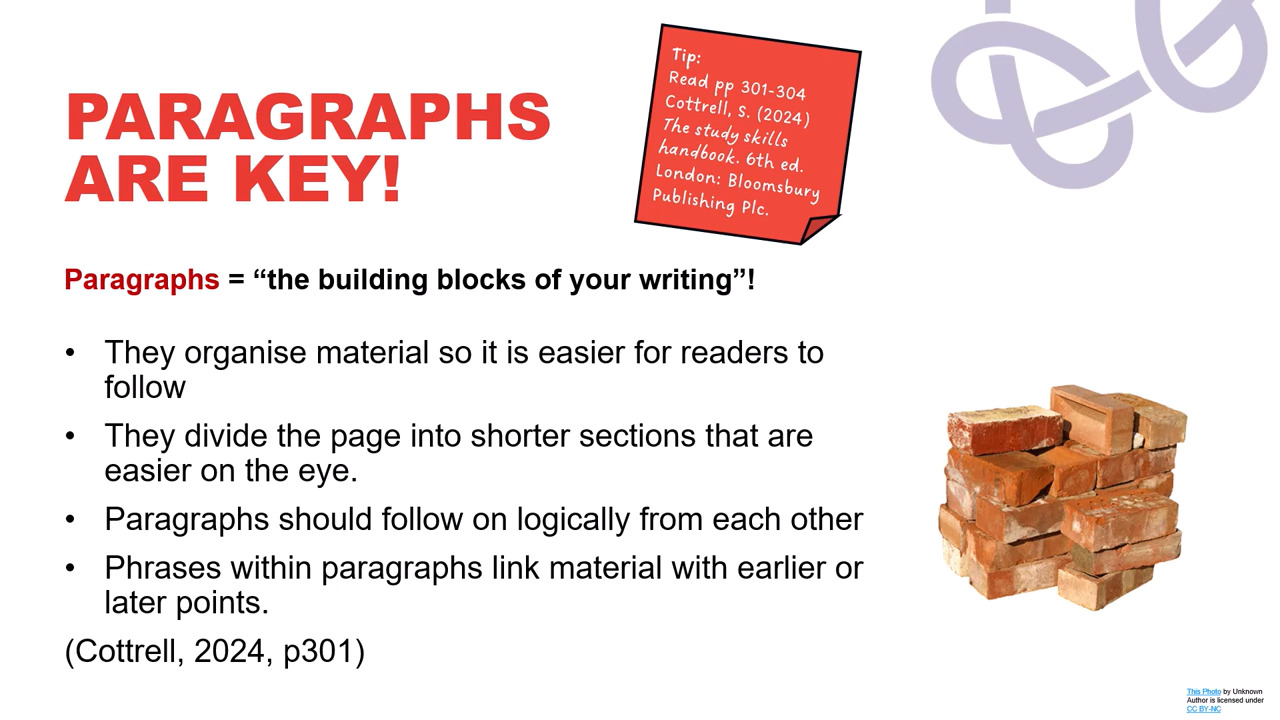Introduction to literary studies seminar for D. Theinová
Osnova sekce
-
INTRODUCTION TO LITERARY STUDIES SEMINAR
WINTER SEMESTER 2025/2026
Daniela Theinová, PhD
Tuesday 17:30-19:10, Room 111
Wednesday 15:50-17:20, Room 18
Wednesday 17:30-19:00, Room 1Consultation hours: in person or online, by email appointment
Email: daniela.theinova@ff.cuni.cz
NB: Scroll below to the individual sections to access reading materials and questions/assignments for each upcoming class.
Link to the Moodle site of prof. Pilný’s Introduction to Literary Studies lecture: https://dl1.cuni.cz/course/view.php?id=12354
OBJECTIVES
The general aim of the seminar is to improve students’ reading and interpreting skills. Students are provided with an opportunity to test out in practice some of the knowledge gained in the lecture and to discuss the critical terms with which they were acquainted. The seminar also includes several sessions focused on the use of some basic terms of poetics in an analysis of specific poems. Formal properties of the academic essay are applied in the students’ final written projects.


SYLLABUS – WINTER SEMESTER 2025/26
THE SCHEDULE AND THE SELECTION OF READING MATERIALS IN THE SYLLABUS IS TENTATIVE; please scroll below to find an updated reading list and questions for each week.
WEEK 1 (30 Sept and 1 Oct)
Introduction, Course Outline and Requirements
Introduction to researchWEEK 2 (7 and 8 Oct)
Figurative Language 1: Metaphor, Metonymy, Synecdoche
Definitions of the tropes, examples and discussion: Shakespeare, ShelleyWEEK 3 (14 and 15 Oct)
Figurative Language 2: Irony
Examples and discussion: Shakespeare, SwiftWEEK 4 (21 and 22 Oct)
Poetic Form 1: Sound Patterning: Metre and Rhythm
Metrical form. Scansion.
Examples and discussion: Blake, WilsonWEEK 5 (28 and 29 Oct)
NO CLASSESWEEK 6 (4 and 5 Nov)
Poetic Form 2: Sound Patterning: Rhyme & Poems and Songs
Purpose and effects of sound patterning and rhyme.
Examples and discussion: Dickinson, DonneWEEK 7 (11 and 12 and Nov)
Poetic Form 3: Rhythm, Rhyme
Examples and discussion: Keats, Hopkins, RyanWEEK 8 (18 and 19 Nov)
NO CLASSES – Week for the Humanities
(Pick your poem and topic for the mid-term essay; start looking for secondary sources)
WEEK 9 (25 and 26 Nov)
Verse Forms
Overview of verse forms.
Examples and discussion: Bishop, D. ThomasWEEK 10 (2 and 3 Dec)
Discussion of J. M. Synge’s Riders to the SeaWEEK 11 (9 and 10 Dec)
Drama and Theatre II
Modern drama and theatre.
Discussion of Samuel Beckett’s Krapp’s Last TapePlease NOTE: ESSAYS must be uploaded on the course site by 23.59 on 12 December. Essays must be typed (as a WORD DOC not a PDF) and uploaded on the course Moodle site. For further instructions see below.
WEEK 12 (16 and 17 Dec)
Genre I
Criteria of classification; function and use of genre.
Discussion of Angela Carter’s “In the Company of Wolves”WEEK 13 (6 and 7 Jan)
Intertextuality, Allusion, AI
Definitions of terms
Examples and Discussion: Muldoon, McGuckian (selected extracts)
CONCLUSIONS: Course evaluations, essays evaluations, information on testMATERIAL
Recommended Reading:
Aristotle, Poetics.
Bredin, Hugh. "Comparisons and Similes". Lingua 105 (1998), 67-78.
Bredin, Hugh. "Metonymy". Poetics Today 5, no. 1 (1984): 45-58.
Cuddon, A.J., The Penguin Dictionary of Literary Terms and Literary Theory (London: Penguin, 1992).
Donoghue, Denis. Metaphor (Cambridge, MA: Harvard University Press, 2014).
Fludernik, M., An Introduction to Narratology (Abingdon: Routledge, 2009).
Green, K. and LeBihan, J., Critical Theory and Practice (London: Routledge, 1996).
Herman, D., ed., The Cambridge Companion to Narrative (Cambridge: Cambridge University Press, 2007).
Hobsbaum, P., Metre, Rhythm and Verse Form (Abingdon: Routledge, 1996).
Montgomery, M., et al., Ways of Reading (London: Routledge, 1992).
Pavis, P., Dictionary of the Theatre: Terms, Concepts, and Analysis (Toronto: University of Toronto Press, 1998).
Preminger, A. and Brogan, T.V.F., The New Princeton Encyclopedia of Poetry and Poetics (Princeton: Princeton University Press, 1993).Further Reading on Poetry and Poetics:
Attridge, Derek. The Experience of Poetry: From Homer’s Listeners to Shakespeare’s Readers (Oxford: Oxford University Press, 2019).
Maxwell, Glyn. On Poetry (Cambridge, MA: Harvard University Press, 2016).
Lerner, Ben. The Hatred of Poetry (New York: Farrar, Straus and Giroux, 2016).
Longenbach, James. The Resistance to Poetry (Chicago: University of Chicago Press, 2004).
O’Donoghue, Bernard. On Poetry: A Very Short Introduction (Oxford: Oxford University Press, 2019).Some Useful Links:
Poetry at Harvard | Guide to Poetic Terms
A list of terms for describing texts, with an emphasis on terms that apply specifically to poetry, that appear most frequently in literary criticism, or for which dictionary definitions tend to be unenlightening.Glossary | Representation Poetry Online (utoronto.ca)
Poetry: How to Read a Poem
A free online course presented by the English department at the University of York, inviting readers into the wonderful world of analysing poetry.COURSE REQUIREMENTS
1. ATTENDANCE & PARTICIPATION
Students are expected to attend classes. YOU ARE PERMITTED A MAXIMUM OF TWO ABSENCES.PARTICIPATION
Participation extends beyond mere attendance. Expect your instructor to keep track of how often you contribute, particularly during the class discussions of assigned readings and/or minor written assignments.2. MID-TERM ESSAY
(see below for DALC Essay Guidelines and for some useful tips on academic writing)
Select ONE of the following texts:
Derek Walcott, “Becune Point”
Elizabeth Bishop, “Seascape”
Maya Angelou, “Still I Rise”
Philip Larkin, “Church Going"AND address ONE of the following topics in relation to the text you have chosen:
1. Isolate elements of metaphor, simile, metonymy and irony in the text; discuss the ways in which these elements are used to echo/articulate the themes of the text structurally.
OR
2. Comment on the formal features of the text (e.g., the use of metre, sound patterning, verse form, and language). How do these features shape its meaning?NB The minimum length for the essay is 1 500 words, the maximum length is 1550 words (THE WORD LIMIT INCLUDES THE MAIN TEXT OF THE ESSAY AND FOOTNOTES; it excludes the bibliography). Essays must include full footnotes and bibliographical references for all works cited or paraphrased (in accordance with the Notes and Bibliography Chicago Style – please consult the UALK Chicago Guidelines). Emphasis will be placed on depth and sophistication of argument, and upon the component of original research. Students are advised not to use Internet sources in place of adequately researching texts available in print or via the Charles University eResources Portal (UKAŽ). Essays must be presented with attention to correct spelling and stylistics. The recommended number of secondary sources is four to five. These must include at least one monograph or collection of essays (published in a book form) on a relevant theme. Plagiarism will not be tolerated and will result in a fail grade. The use of generative AI for this assignment is prohibited.
The deadline for the submission of essays is 23:59 12 December 2024. Essays must be typed in WORD format (NO PDFs) and uploaded on the course Moodle site. Contact me by e-mail (prior to the deadline) if you encounter difficulties uploading your paper.
Extensions will only be granted on the basis of a consultation or written request accompanied by a doctor’s certificate. Students are advised that they may, at the lecturer’s discretion, be given the option of re-submission where essays have failed to achieve a satisfactory standard of argumentation. However, any rewrites must be submitted (by email or on the course site) by 19 January 2026.
You should use at least 4 SECONDARY SOURCES in your essay. These must include at least 2 monographs or collections of essays (published in a book form) on a relevant theme. The recommended number of sources excludes references to dictionaries, dictionaries of literary terms or encyclopedias. You can include these, but only in addition to your other sources.
3. FINAL TEST
(Only for single-subject students; see below for details.)COURSE ASSESSMENT
Double-subject Students
WS (zápočet): Attendance (max. 2 unexplained absences) and active participation in class, mid-term essay: interpretation of poetry (1 500 words).
SS (zápočet): Attendance (max. 2 unexplained absences) and active participation in class, mid-term essay: narrative analysis (1 500 words).
Criteria of Assessment: All assignments will be awarded a letter grade. Credit (zápočet) for each semester will be given on the basis of receiving a pass grade (i.e., A to C-) for both essay and participation.
Single-subject Students:
WS (zápočet): Attendance (max. 2 unexplained absences) and active participation in class, mid-term essay: interpretation of poetry (1 500 words), final test on poetics and genre definitions.
SS (zápočet, zkouška): Attendance (max. 2 unexplained absences) and active participation in class, mid-term essay: narrative analysis (1 500 words), final test on narrative strategies and approaches to text (literary theories).
Criteria of Assessment: All assignments will be awarded a letter grade. Credit (zápočet) for each semester will be given on the basis of receiving a pass grade (i.e., A to C-) for essay, test and participation each. The final exam grade (after the summer semester) will be calculated from the results in the individual assignments.Composition of Final Exam Grade for Single Subject Students
Participation winter semester
10%
Participation summer semester
10%
Essay winter semester
25%
Essay summer semester
25%
Test winter semester
15%
Test summer semester
15%
Value of Individual Letter Grades Awarded for Assignments
10%
15%
25%
A
10
15
25
A-
9
13.5
22.5
B+
8.7
13
21.75
B
8.5
12.75
21.25
B-
8
12
20
C+
7.7
11.5
19.25
C
7.5
11.25
18.75
C-
7
10.5
17.5
Conversion of Grades to a Final FFUK Exam Grade
FFUK Grade
Letter Grade
Percent (%)
Generally Accepted Meaning
1
A
96-100
Outstanding work
A-
90-95
2
B+
87-89
Good work, distinctly above average
B
83-86
B-
80-82
3
C+
77-79
Acceptable work
C
73-76
C-
70-72
F
F
0-69
Work that does not meet minimum standards for passing the course
Example:
A student’s performance has been graded as follows:
Participation winter semester A- = 9
Participation summer semester B = 8.5
Essay winter semester A- = 22.5
Essay summer semester C = 18.75
Test winter semester C = 11.25
Test summer semester B = 12.75
The final exam grade is 2 (B-) = 82.75% -
INTRODUCTION TO READING

Wooden Writing Tablets; 500-700; Byzantine Egypt; The Met, New York.
Philomena Cunk
(Interview with Rich Pelley, The Guardian, 28 Sept 2024)RP: Should they continue to teach reading at school or is it pointless in later life, like maths?
PC: I think you should stop teaching reading at the point that a child is able to read. Otherwise the child will find it a bit patronising.Discussion Questions:
What are the beneficial aspects of reading? Does it have any ethical significance? Are there any ethical drawbacks/risks involved in creating and reading, in producing and consuming literature?
Some materials:
Jiří Trávníček, Kulturní vetřelec: Dějiny čtení – kalendárium (Praha: Host, 2020).
Matthew Garrett, "Ethics of Reading", Oxford Encyclopedia of Literary Theory (Oxford Univeristy Press: Oxford Encyclopedia of Literary Theory, 2020).
-
WHAT IS POETRY?
FOUR BASIC TROPES: METAPHOR, SIMILE, METONYMY, SYNECDOCHE
Ted Cohen: "Metaphor is the achievement of intimacy [between writer/text and reader]."
Assignment for WEEK 2
For discussion:
- Think (and prepare written notes) about how you would define POETRY. What are its defining qualities? What distinguishes it from other genres? Are there differences between how poetry is written and read today and how it was composed and experienced in the past? Note down 2 things that you think poetry is not or does not do.
- Read the two poems on Moodle (Shakespeare and Shelley) and make yourselves familiar with their language and contents. Print the poems out or download them where you can make notes in them.
Writing (to be submitted at a later point):
- Consult three reputable sources and compose definitions of the terms METAPHOR, METONYMY, SYNECDOCHE and SIMILE, using footnotes to reference your sources. Include a bibliography at the end. The individual definitions should be concise but written in academic prose using complete sentences (not bullet points etc.).
o Are there any significant differences between the definitions of the individual terms you have found?
o Your sources should be print (or online) publications, NOT websites.
o You can use dictionaries of literary terms, but not standard (language) dictionaries.
o Try to use your own words as much as you can but include at least three paraphrases and three citations (across the 4 definitions) with the sources referenced in the footnotes. Remember that all quotations and paraphrases must be identified in the text:
- use quotation marks for direct citations
- embed (introduce) your quotations AND paraphrases by relevant introductory tags (as XY argues; writes XY; to use XY’s terms etc.)
- include properly formatted references to your sources in the FOOTNOTES (and in the BIBLIOGRAPHY section at the end)
o All sources on which your definitions draw must be listed (in the footnotes and bibliography sections). Consult the “UALK Chicago Guidelines” to properly format your footnotes and bibliography.
o One short paragraph per term should suffice (approx. 50 to 120 words). Try to be concise and concentrate on the formal aspects of your writing as well as the contents.
o Use the ‘References/Footnotes’ tab to insert your footnotes in your text.
Do not submit your definitions beforehand. We will discuss them IN CLASS.
Some links (optional):
Ted Cohen - Metaphor and Ambiguity: Two for the Price of One (a lecture). https://www.youtube.com/watch?v=usVQZndVwgQ
-
Please note that the homework/assignment for this week (Week 2) will not be collected until later. Prepare your definitions and try to locate the sources but there is no need to submit them at this point.
- Think (and prepare written notes) about how you would define POETRY. What are its defining qualities? What distinguishes it from other genres? Are there differences between how poetry is written and read today and how it was composed and experienced in the past? Note down 2 things that you think poetry is not or does not do.
